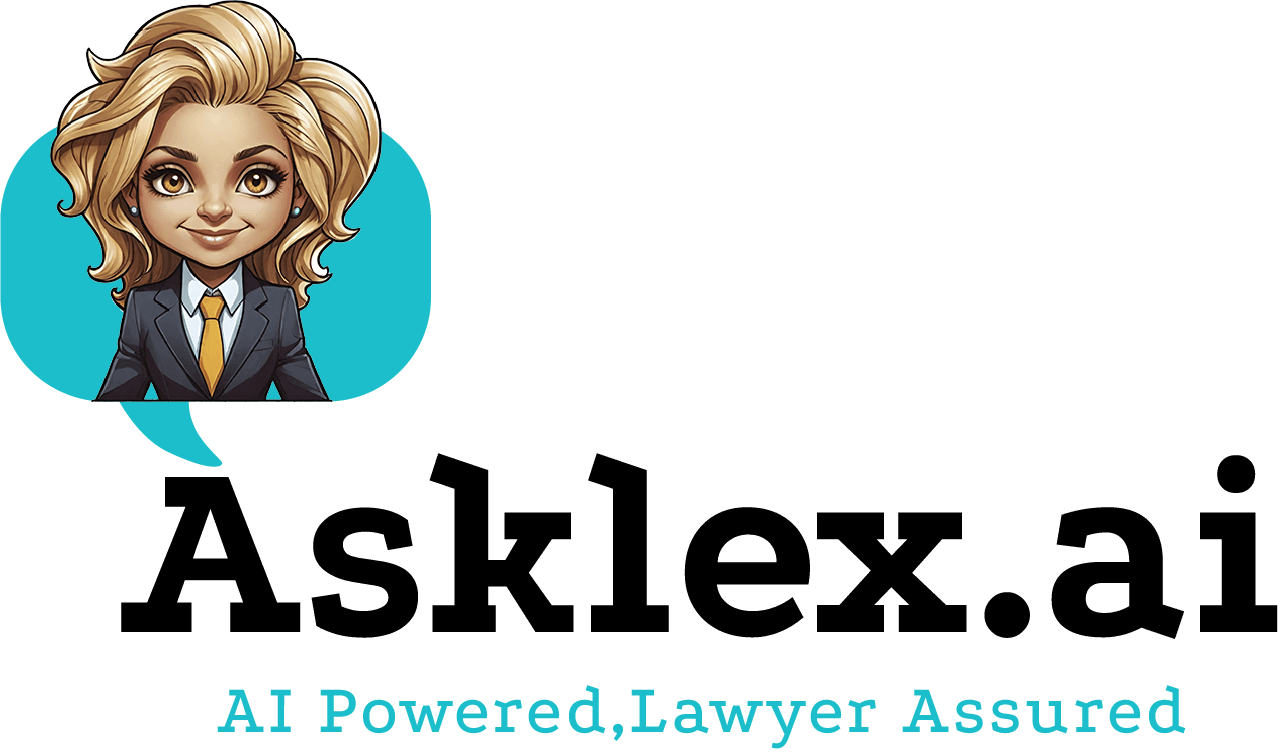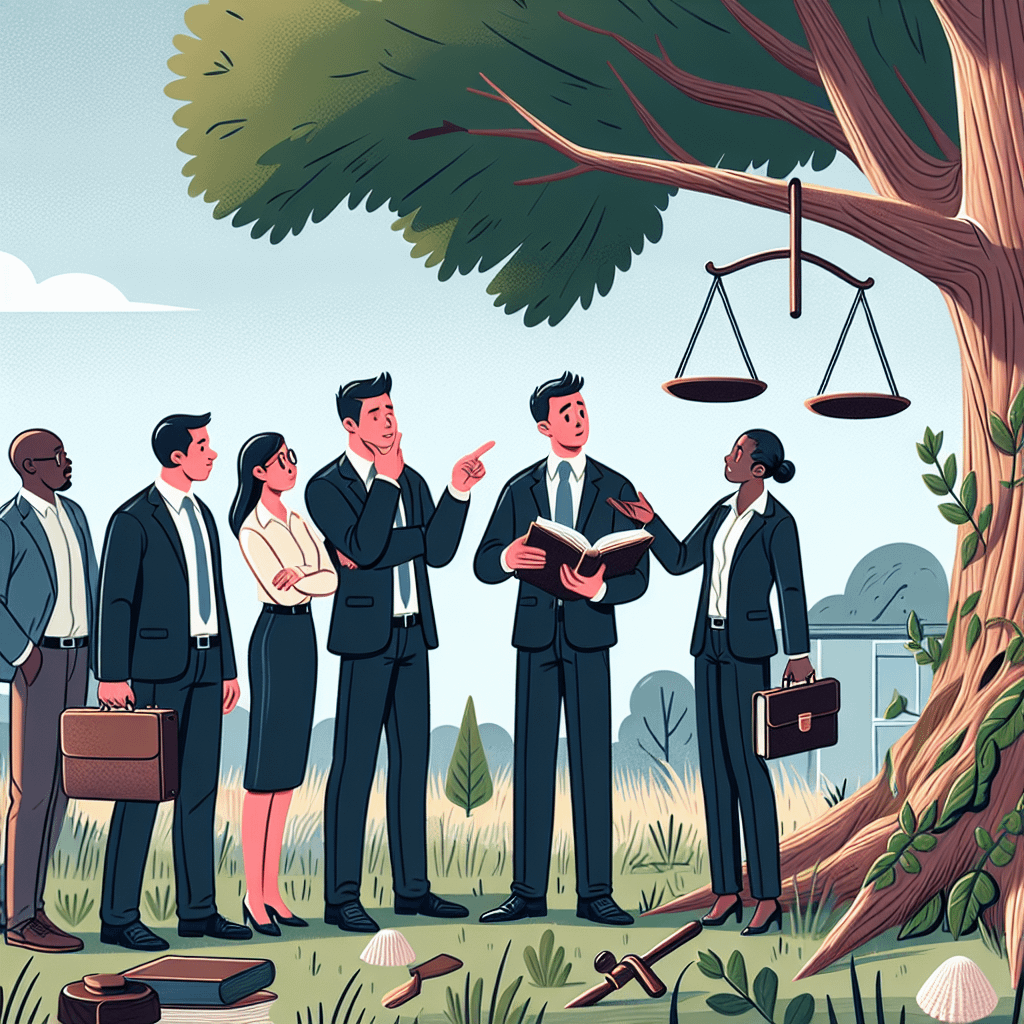Owning a home often comes with its own little slice of nature, which might mean having trees on your property. While these trees can provide shade, beauty, and a home for wildlife, they can also present challenges. One common issue homeowners face is dealing with trees that start causing damage. If you find yourself in this situation, you might be wondering: Can I legally cut down a tree on my property that’s causing damage?
This is a question worth exploring, as decisions regarding trees aren’t just about pulling out your chainsaw and getting to work. There are legal, environmental, and practical considerations to keep in mind.
Understanding Your Rights
Generally speaking, as a property owner, you have the right to maintain and manage trees on your property. This means you can remove a tree if it’s causing damage, such as to your house, driveway, or underground utilities. However, these rights aren’t absolute and unrestricted. You need to consider local laws and any applicable neighborhood rules.
Local Regulations
Zoning Laws and Ordinances: Many cities and towns have ordinances that protect certain types of trees, especially if they are deemed historic or are part of a conservation effort. Before you proceed, check with your local government. They might require you to get a permit, even for trees on your own property. These can often be found online on your city’s or county’s official website, or by calling your local city office.
Homeowners Associations (HOAs): If you live in an area governed by an HOA, there might be additional rules or approval processes for removing trees. Failing to adhere to these guidelines could result in fines or other penalties.
Assessing the Damage
Before jumping into a decision, it’s crucial to assess exactly what kind of damage the tree is causing. Common issues include:
- Root Damage: Tree roots can damage driveways, sidewalks, and foundations.
- Falling Branches: Dead or heavy branches pose a risk to buildings, vehicles, and people below.
- Interference with Infrastructure: Trees can grow into power lines or water and sewage systems, creating potentially dangerous situations.
If the tree is unhealthy or dead, it’s typically easier to justify its removal. Before taking action, document the damage with photos and notes, as this can be helpful if there are any questions later.
Environmental and Safety Considerations
Once you determine that a tree is indeed causing damage, consider the environmental impact. Cutting down a tree can affect local wildlife and potentially destabilize the surrounding soil. In many cases, consulting with an arborist (a professional tree expert) can provide valuable guidance on the best way forward. They can also assess whether the tree is sick or if it can be treated instead of removed.
Legal Responsibilities and Liabilities
If a tree on your property falls and causes damage to a neighbor’s property, or if branches fall and injure someone, you might be liable for damages. Ensuring regular maintenance and addressing any known hazards promptly can protect you from potential legal issues.
Practical Tips
- Permits: If local rules require a permit for tree removal, apply well in advance. Permitting processes can take time, especially if inspections are required.
- Hire Professionals: Removing a tree can be dangerous. Hiring a licensed and insured professional ensures safety and compliance with local regulations.
- Consider Alternatives: Sometimes trimming or pruning can solve the problem without the need for full removal. An arborist can provide options.
- Plan for Replacement: If you remove a tree, consider planting a new one elsewhere on your property. This helps maintain the ecological balance and preserves the character of your landscape.
Conclusion
While you generally can cut down a tree causing damage on your property, it’s essential to do so within the framework of local laws and community guidelines. Remember to consider consulting with a professional to assess the situation and avoid potential legal issues. By taking the right steps, you can ensure your property remains safe, beautiful, and compliant with local ordinances.








